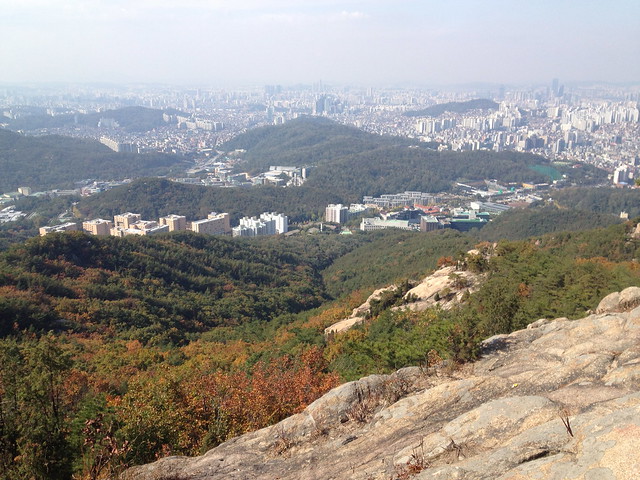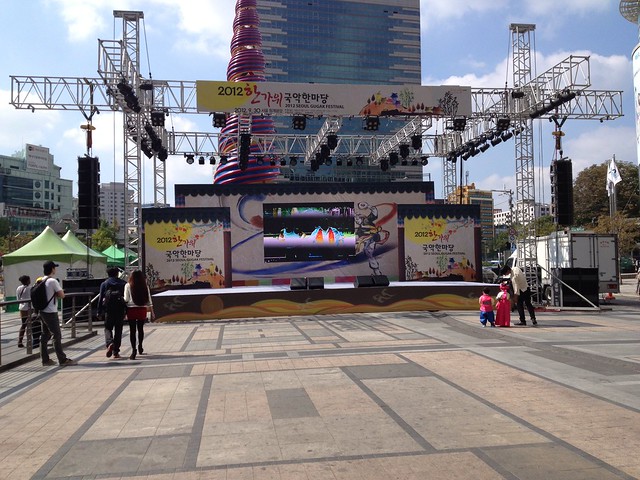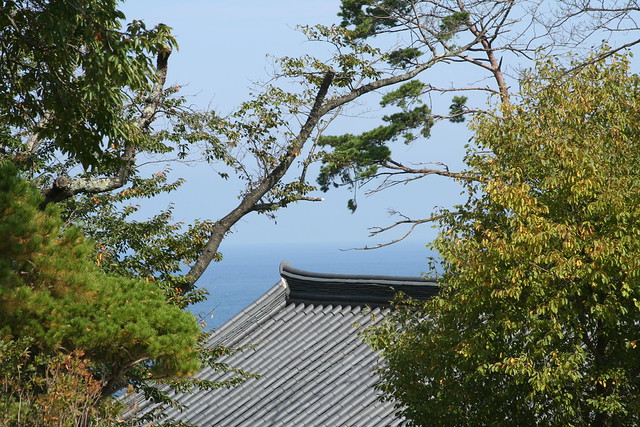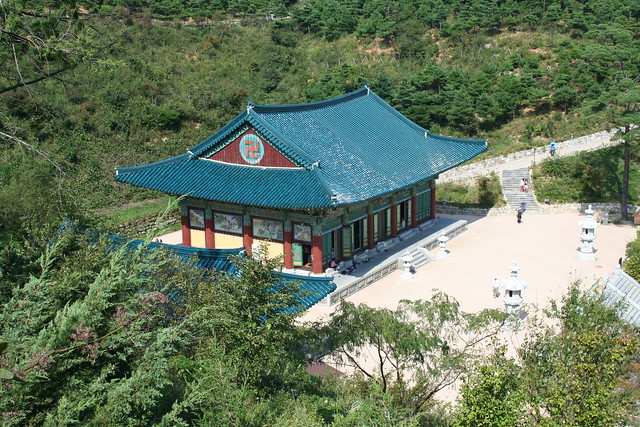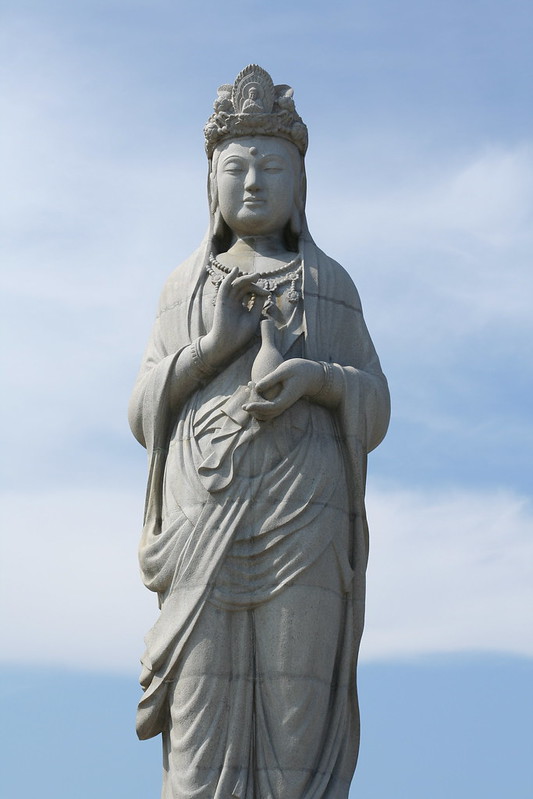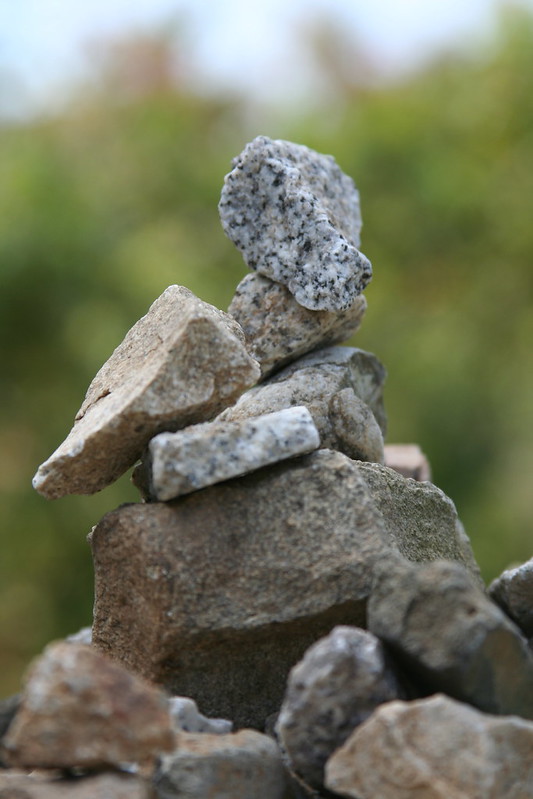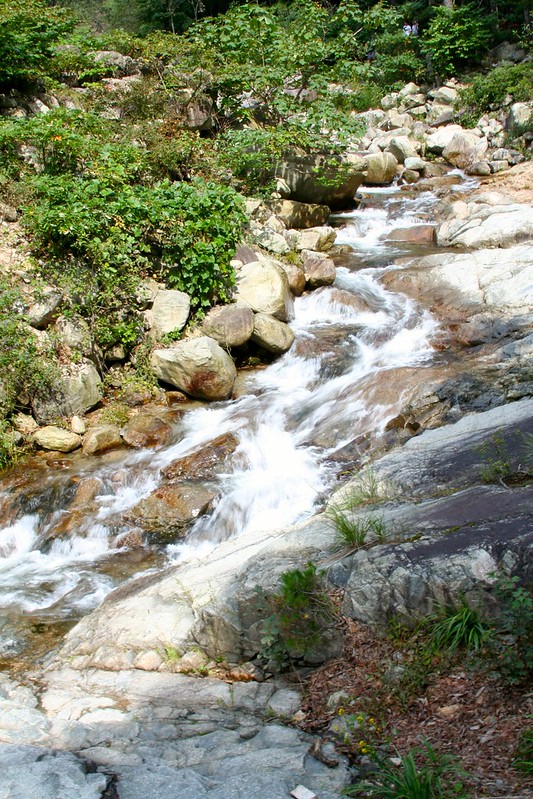First, apologies for the long quiet period. It was not a case of “start a blog, write enthusiastically for a while, then drop blog”, although that would not be unusual. No, it was a case of a nasty flu, which triggered a whole bunch of follow-up effect, on top of which both kids had the chicken pox. All of that pretty much ensured that between end of October and a week before Christmas, I was able to get in about 2 weeks of effective working time. Then, as things got better, it was time for my cataract surgery.
I had been diagnosed with a rather advanced cataract in my right eye in the summer. Wait, but cataracts don’t just appear in an advanced state, I hear you say. And right you are, they take time to develop and now, knowing what symptoms I should have been looking out for, I know that it first manifested itself about 3-4 years ago. So, why didn’t I do anything about it? Mainly because it wasn’t really bothering daily life until Spring 2012. Further, the only thing I knew about the English word “cataracts” was that it’s something to do with the eyes. I didn’t know what it translated into in Finnish, although I was much, much more familiar with the Finnish term. “Much, much more” as in “it has something to do with eyes and old people”, and since I’m not old, the thought never occurred.
What can you do? As someone said, time passes and different parts start to run out of warranty. (But cataracts really are not at all normal for someone my age. I guess that makes me special. :-)) The only treatment is surgery where they make a small cut in the eyeball, use an ultrasound machine to destroy the bad part, and put in a replacement. The good news is that it’s a very common and simple surgery (as simple as anything about eyes can be called “simple”) and side effects are rare.
Why did I then do it here in Korea? Well, the Finnish doctor who diagnosed me wasn’t very confidence-inspiring and wasn’t really able to give straight answers. (In case you’re wondering, this was at a private healthcare provider who is responsible for University of Helsinki’s occupational healthcare; good news is that the check-up didn’t cost me anything. Sure, it wouldn’t have been him doing the surgery, but still.) I did explain to him that I was going away for one year and getting the operation done before departure would have been tricky, and asked if it would be safe to wait for my return. (If you wait too long, the operation becomes more difficult, so this was definitely a concern for me.) I didn’t get a good answer and The Better Half then suggested to do the operation in Korea.
Turned out that this was a good choice, in more ways than one. First, I got the operation done at a big university hospital (not SNU; it’s a long story and not a comment on SNU’s hospital :-)) and the person doing the operation was extremely competent and I felt at ease. Second, I had already noticed in early Fall that my eyes were getting worse and the doctor confirmed that my case had already advanced quite a lot and he did not recommend waiting for return to Finland. Third, and I will return to this below, I paid about the same amount of money that I would have paid in Finland.
The operation itself was very quick and took about 15 minutes. Before the operation, I needed to wait in the hospital, in a bed for about 2 hours with nurses coming to give eye drops every 30 minutes or so. This brought up a nice cultural observation. Your typical cataract patient is 60-70 years old, so the nurses were addressing them as “mother”, “father”, or “grandmother” (Korean language has no good way of addressing someone in second person singular) but I did not get any special form of address. Maybe that was partly because they didn’t expect that I know Korean, but also because there isn’t really a suitable term of address for that case. In some sense, “oppa” would have been possible and since I do have some style (and live almost in Gangnam), it would have been funny. Alas, they didn’t seem to agree with me having style. 🙁 Yes, I’m fully aware that “oppa” has evolved in the direction of boyfriend in meaning so I wasn’t really expecting it.
In the operation, they use local anesthesia, administered via anesthesic eye drops, and all I had to do was “look at the light and don’t move your eye”. After the operation they kept me there for about 2 hours which I slept. All in all, it took about 6 hours from arrival into hospital to departure. The eye still had bandages on it and they took them off the next morning. And that is where the title of this post comes from. See, cataract means clouding of the lens in your eye, in other words, your world gets dull and fuzzy, but it’s hard to notice since if it’s one eye getting worse faster than the other (like in my case), the stronger eye will compensate. When they took off the bandages, I was treated to this wonderful vision of a bright world with very saturated, bright colors. Admittedly, the first thing I saw was a poster in the hospital hallway, but the image will remain with me for the rest of my life. For days afterwards, I was looking at things and wondering how bright and saturated the colors are. Nice. And the “good” news is that I will get to experience the same thing once more, after my left eye gets the operation in some not-too-distant future.
For recovery, there were a bunch of restrictions on what I could do. The main ones were no water in the eye, no rubbing, and no leaning your head forward. Oh, and you should sleep on your back which for someone like me used to sleeping on my side is a bit of a bother. No water in the eye means washing your hair is somewhat tricky, but doable with a helper. No rubbing the eye is easy and they gave me a plastic cup to put over the eye at night. No leaning your head forward actually crimps your lifestyle quite a lot and makes most daily things somewhat more complicated, especially with kids leaving stuff lying around all over the place, making moving around very slow since I had to scan the floor far ahead and figure out a path that way. Obviously, they also told me to avoid reading and using a computer.
Most of the restrictions are now lifted, but I’m still told to go easy on the computer. On one hand, this means work does not really advance, but on the other hand, the eyes and brain are not quite yet used to the situation and refuse to look at a screen for extended periods of time. Interestingly, my 3rd generation iPad seems to be the easiest to use. I wonder if the retina display has something to do with it. Also, I can notice that the eyes are confused in other situations, since the one that used to be “clear”, is now fuzzy and the fuzzy one is clear.
All in all, a very positive experience and I’m really happy with everything the people at the hospital here did; cannot complain about anything at all. I’ll get my new glasses tomorrow and one piece of good news is that I don’t need as strong glasses as I used to (not that they were strong to begin with). The right eye has a fixed focus roughly at a computer-use distance, meaning that for reading and computer use I won’t need glasses.
But I do have some doubts regarding Finnish healthcare after this episode. See, in Finland you could get a cataract operation done in a public hospital or a private hospital. The advantage of the first one is that it costs about 100 EUR and the disadvantage is that there is a waiting list of at least 6 months and you need a very advanced cataract to be even put on the list. Private hospitals charge 1500-2000 EUR which is about what I paid here. My non-confidence-inspiring doctor in Finland wasn’t quite sure if my case was advanced enough to qualify for the public hospitals. The catch here is that I don’t think I would have been able to wait for it to get worse and then wait 6+ months for an operation. The eye was getting clearly worse during the Fall and was making some things like using a computer difficult. (Then again, I’ve seen on Internet that private doctors in Finland often say that you wouldn’t qualify for public hospitals; not necessarily a good thing either, but not really a fault of public healthcare in Finland.)
The Korean doctor on the other hand said that I really should not wait with the operation, and personally I’d say he was right. If I really wouldn’t have qualified for public surgery in Finland, then all I can say is that I’m left with the impression that the public healthcare in Finland (at least as far as cataracts are concerned) isn’t really good for the patient and considering the taxes I pay, I don’t see that I’m getting a decent return in this case. DISCLAIMER: It is possible that my eye deteriorated quickly between July and November and that both doctors are correct; I’ve heard that cataracts in young people can advance very rapidly and unexpectedly.
With that note, we return to our regularly scheduled programming and I hope I’ll be able to update the blog more often from now on.


















